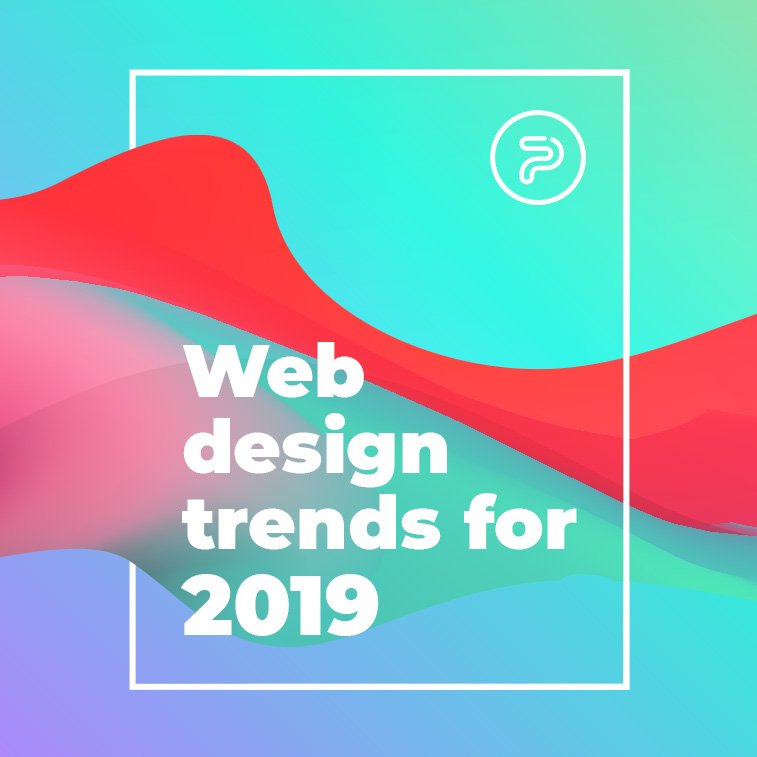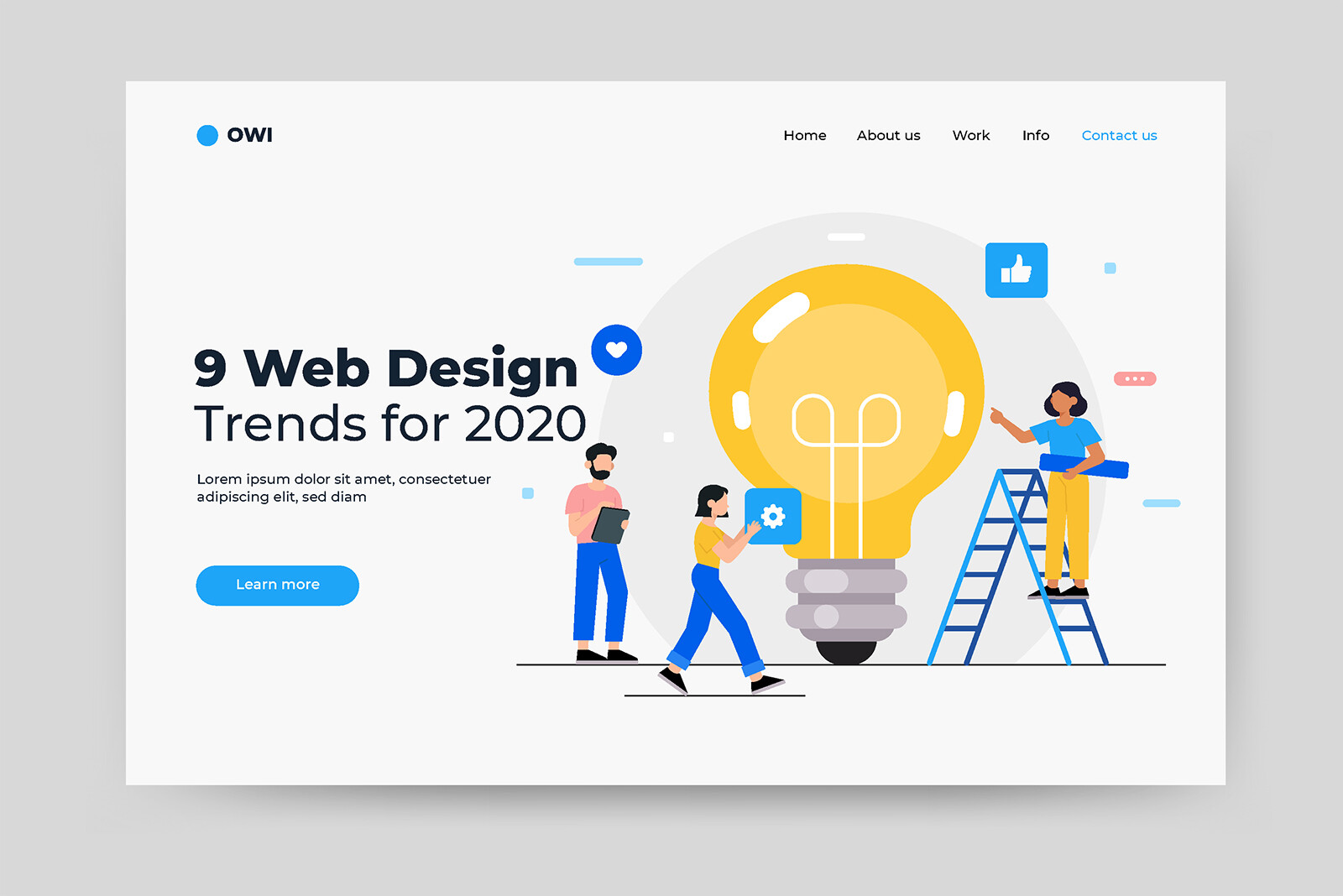5 Easy Facts About Best Web Design Agency Sydney - Website Design Sydney Shown
You need to offer some value, and even the groups behind the world's most popular digital items recognize that quality material produces an unbelievable source of value, allowing you to draw the attention of even those your product (isn't yet) for. Obviously, content isn't simply post. (Nor is it just words, however that's a whole other post.) Content likewise plays a crucial role in your product's total user experience, and significantly, platforms are feeling the pain of getting content incorrect.
However, ironically, what this UI does best for me, the user, is to remind me that LinkedIn has my phone number (why tho ?!) and, even better, provide me an opportunity to dissociate it from my profile. (I initially wrote "delete it from their database," however an associate rightly mentioned it likely does not do that.) I'm simply going to think that wasn't their objective.
I'm here to worry the centrality of content to the overall user experience of any digital environment. Hopefully the above suffices, however to reinforce my point, here are a few content-related low and high from 2019: I do not, personally, share Alicia's praise here. Many informing, maybe, is the increasing prominence of content technique and UX writing in the brands of a few of today's most identifiable brand names.

* But a content-first perspective still has remarkable effects on web apps: Just take a look at Twitter, where a single material decision restricting character count has done whatever to define both the splendor and scary of that platform. We designers, for all our concentrate on compassion, stay human beings. We intend relentlessly to take others' views and experiences into account through user research study, critique sessions, A/B screening, and myriad other methods.
Just look at the language we utilize every day: Reach out. I see that. We hear you. We presume these expressions are universal equally significant to everyone who hears or reads them. We blithely conflate the concrete, sensory basis of these expressions with their psychological register and intent. However it's a defective assumption.
The deaf do not hear you. Those with cerebral palsy may struggle to connect. Of course, inclusivity has to do with even more than accounting for special needs. It has to do with accounting for difference. It suggests that we can't restrict ourselves to "male" and "female" when we ask somebody's gender in a type.
Hell, it means realizing that even the one from the "regular" family might have a bad relationship with their daddy or have, not a dad and a mom, but 2 moms. To delight in and discover value in a product, a specific needs to see themselves shown within it. Without that glimpse of themselves, what a person sees rather is a refusal.
Designing for inclusivity and ultimately, for UX then suggests making area for our audience within the items we construct. I want to broaden on that link between inclusive style and user experience style. Because I think that inclusivity which is ultimately the idea that we need to treat "others" not as others, however as part of us is built right into the extremely idea of user experience design, and I wish to take a minute to explain why.
Not known Details About 20 Web Design Trends For 2019 - Webflow Blog
The honeycomb intends to illustrate the interlinked qualities that form a user experience good or bad. The overall user experience is a gestalt a sum total of all these facets, reached through a kind of mental math we perform immediately and without deep consideration of the private values we may assign to one or the other.
And who the beholder is, whether "us" or "other," isn't part of the graph. That is: the honeycomb doesn't say who the product is reputable, valuable, accessible, etc. for. We can, of course, assume that the beholder is "our audience": the group of individuals we most wish to interest and develop into paying clients. * Now, audiences may seem homogenous insofar as, for, say, a web style platform, all members of the audience are interested in designing sites.
Within that seemingly homogeneous crowd there's a wide variety of identities. Various races, creeds, religious beliefs, gender identities, gender expressions, socioeconomic classes, household backgrounds, cultures, and dozens of other facets of selfhood they all want to build, handle, and grow sites. For that reason, excluding individuals exhibiting any one specific taste of any of those backgrounds postures a danger to the general user experience.

(Or, let's face it: both (web designer).) Exclusionary design, then, has a direct influence on not only the user experience, but also the bottom line. Naturally, you might argue that being inclusive postures its own business danger, because it might alienate your more conservative users. But when you look at the size and prominence of companies that are now more than delighted to take "progressive," inclusive positions on any number of issues from LGBTQ+ pride to toxic masculinity, it's pretty simple to see the composing on the wall: These services have done the math, and they've pertained to the conclusion that the benefit of inclusivity far outweighs the threat.
When we set out to create for others, we frequently wind up designing for ourselves. (Specifically when we do so without the restrictions of a framework or design system.) We can, of course, make presumptions about who we're creating for, and more particularly, who we wish to create for but our predispositions still blaze a trail.
We can't avoid biased believing since it's been built into us from day 1 and end up being mostly unconscious. What we can do is to work to knowingly restrict or overcome our predispositions. That's what makes user research study so essential. Without exploring the varying perspectives, cognitive habits, and identities of our audiences, we wind up designing to fit our expectations and for every single web expert, that's a weakness.
Designers will lean heavily on the visual and/or interactive. And devs and engineers well, my predispositions avoid me from easily filling in that blank. Point is: when we extend beyond our limits and defaults to include others' viewpoints, we enhance our work, making it more accessible and understandable to others.

* Since, obviously, UX design is, as many commonly practiced, a capitalist discipline. Industrialism being, of course, a political philosophy. No huge offer. Just over 10 billion results. When it pertains to equalizing the power of software, it's hard to think of a market making more of an impact. Caleb Kaiser, Development at AngelList If you're at all mindful of Webflow, you know that we're all-in on no-code, a brand-new method of considering web and software application advancement that's dumping the standard coding paradigm, in which code can just "appropriately" be produced in a text editor, composed by hand, in favor of a brand-new visual method.
3 Easy Facts About Exploring The Latest Web Design Trends Together With Be ... Explained
Not simply so that "everybody can code," of course, however so that everyone can delight in the power to bring their ideas to life. Rather of taking the coding bootcamp or early-childhood coding education route, we're redesigning the very method that code is made (website design columbia sc). To put it simply, we believe it's time to refactor coding itself.
Simply recall to the first visual user interface (GUI) itself. Before the very first GUI, computing was keyboard-driven. The primary interface (UI) was the terminal a primitive text editor where computer users literally "informed" the computer system what to do through an arcane language of commands and actions. This interface design needed a lot of understanding of its users, indicating that truly smart computer users were rare.
Sure, they emerged in all sorts of high-knowledge environments, but they were anything however the ubiquitous engines of knowledge work they have actually ended up being today. Then came the mouse (together with nearly a dozen other game-changing innovations), introduced in what's now referred to as the "Mother of All Demonstrations." As the demonstration's Wikipedia page puts it, this demonstration triggered the transformation that would transform computers from simple "number-crunching" tools into "interaction and information retrieval" hubs.
No-code now intends to take that sea-change an action even more by empowering an even broader swath of individuals to not only utilize computer systems, however to build the software application that makes computer systems so effective, without coding it. Today, Webflow inhabits a particular niche of the no-code movement, which we call "visual web development." Considering that 2013, we have actually been non-stop focused on making the primary tools of front-end web advancement HTML, CSS, and JavaScript dramatically more accessible to drastically more individuals.
In 2015, we started to take that mission an action further with the launch of Webflow CMS, a GraphQL-powered database and publishing tool that offers designers and developers the power to develop customized schema then design around those information fields visually. Here in 2019, database management and publishing tools like Webflow CMS have actually ended up being the core of all sort of powerful web-based applications, and we could not be more thrilled to lend our voice to the ongoing transformation that is no-code. And we're simply one visual web advancement tool! In doing so, they function as force multipliers to the traditionally qualified coders who have developed sites and apps for years, and continue to do so. They automate tasks that used to take tiresome hours of manual work. They change fixed wireframes and mockups into completely practical web experiences that not just present material to visitors, however then take in visitor's information, pipe it into email company and client databases, and nurture them into leads and, eventually, paying consumers.
In one remarkable example, they turn the website upgrade cycle from an 8-year process into an 8-minute one, as car-sharing startup Getaround's Camille Esposito told us in her No Code Conf talk, "Taking back your website." As the no-code landscape ends up being increasingly more mature and effective, we expect to see "visual developer" becoming as common a sight in job postings as "web designer" and "web designer" are now and in the latter case, we can truthfully see "visual designer" taking their place completely.
And progressively, we're seeing that occur. At least, according to the zeitgeist. Every day, a growing number of articles suggest that design is the crucial differentiator at [insert hot start-up name here] Design-focused content seems to be getting more and more prominence in pop culture, with documentary series like Abstract appearing in watercooler discussions practically as frequently as [insert whatever the kids are watching these days here].
And yet, just how much traction has design actually gotten in the leading echelons of businesses? The concern wells up in me whenever I see another Facebook scandal grabbing headings, or hear the most recent on the Domino's ease of access lawsuit. I question about it whenever the question or Uber or Airbnb's influence on communities pops back up in the Twittersphere.
All About Best Website Design Company 2020 - Get Responsive Web ...
Style has always and currently been at every table in "Business." They simply don't call themselves designers. Or, in many cases, value the important things we have actually come to anticipate designers to value. They aren't always fighting for users, or perhaps trying to stabilize user goals and experience with service worth.

— DBL07 here Consulting (@DBL07Consulting) March 26, 2020
Now, this isn't indicated as an excoriation of these folks. Without wading into the morass of principles, I get why they're concentrated on investor worth, and why evocations of "flexibility of speech" tend to turn up in their arguments (lost as they are). It's simply meant as a restorative (web design columbia sc). "Style" as such does not need a previously unassigned seat at the table.